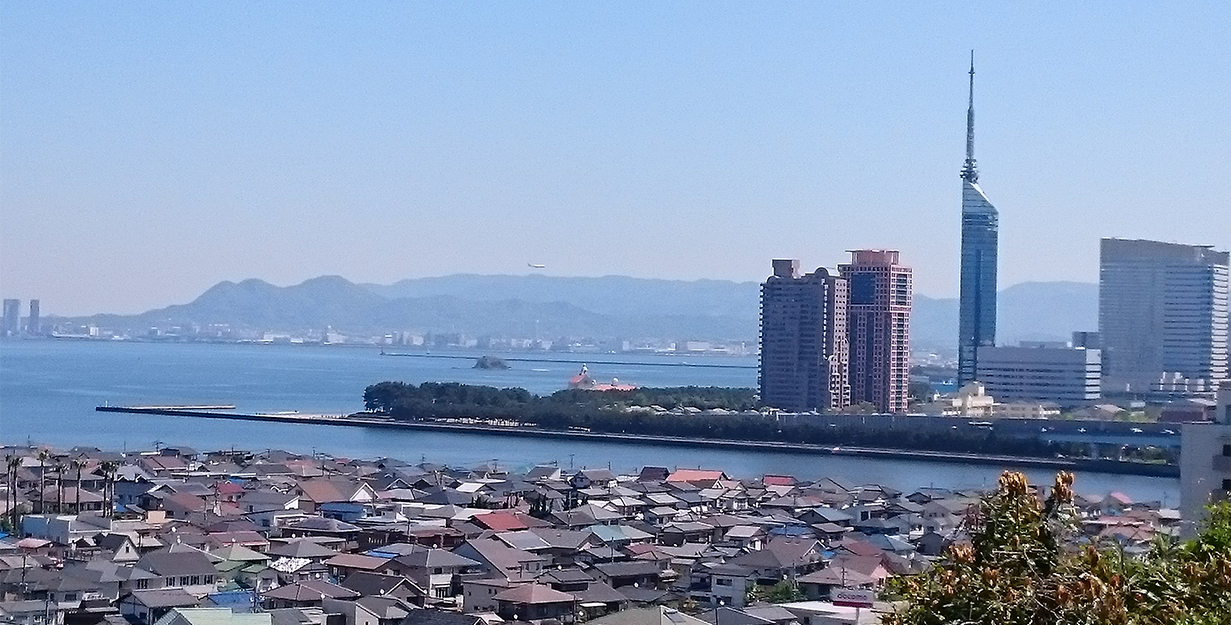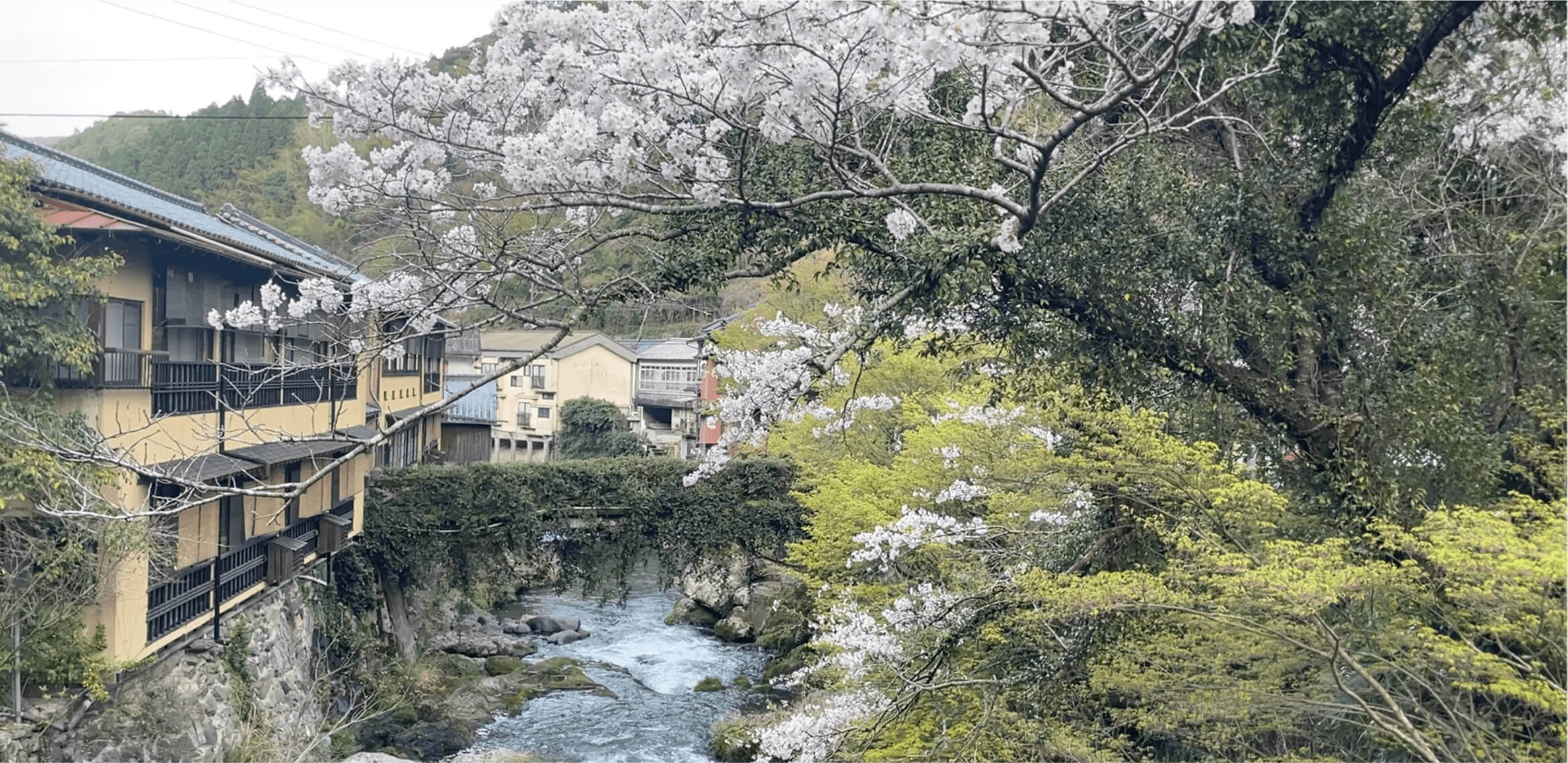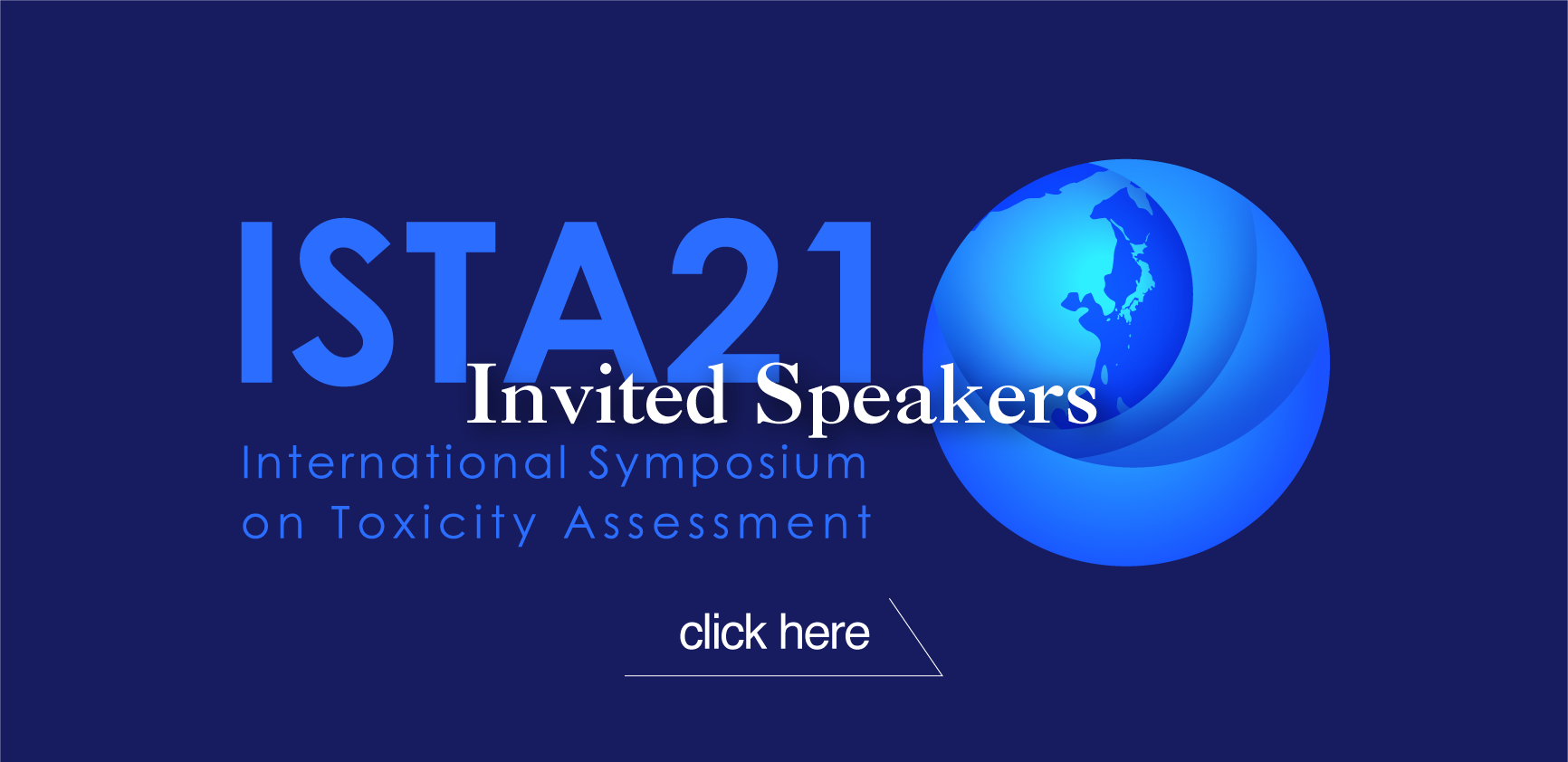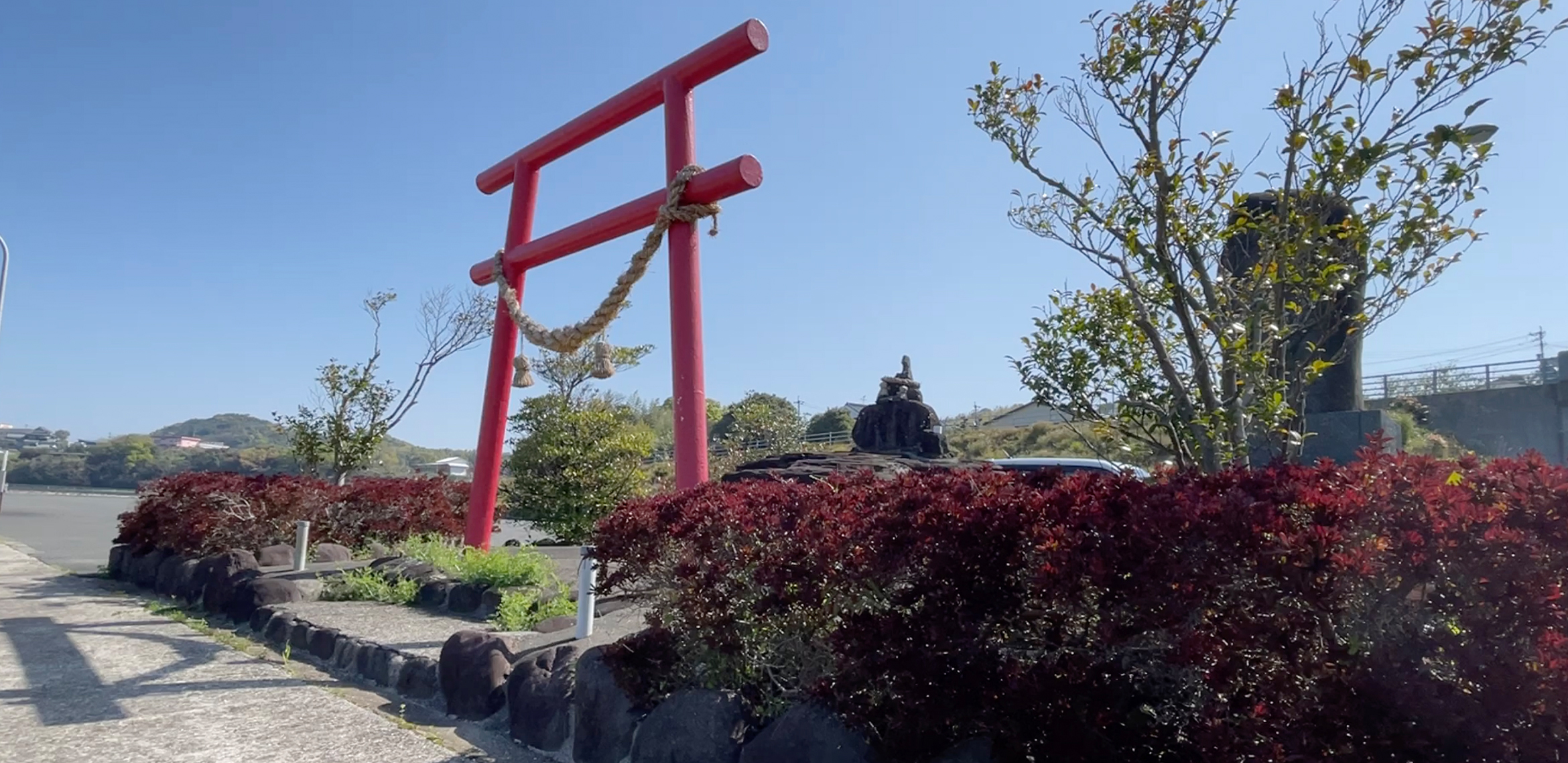ABOUT
21st International Symposium on Toxicity Assessment
Symposium on Toxicity Assessment
(ISTA) conference in Fukuoka,
Japan, taking place from 25-30 August 2024.

HISTORY
21st International Symposium on Toxicity Assessment
The ISTA conference series has been organized once every two years since 1983 by under the leadership of the organizing committee in the following places, Burlington, Canada (1983), Banff, Canada (1985), Valencia, Spain (1987), Las Vegas, USA (1989), Kurashiki, Japan (1991), Berlin, Germany (1993), Santiago, Chile (1995), Perth, Australia (1997), Pretoria, South Africa (1999), Québec City, Canada (2001), Vilnius, Lithuania (2003), Skiathos Island, Greece (2005), Toyama, Japan (2007), Metz, France (2009), Hong Kong, China (2011), Cape Town, South Africa (2013), Bellingham, USA (2015), Limeira, Brazil (2017), Thessaloniki, Greece (2019), Saskatoon, Canada (2022).

VENUE
21st International Symposium on Toxicity Assessment
We are very pleased to announce the 21st ISTA conference will be organized in Fukuoka, Japan. The meeting will be held at the Recent Hotel in Fukuoka between August 25 and 30, 2024. The ISTA 21 will bring a productive week full of scientific activities, networking, and social activities.
 ACCESS
ACCESS

SCIENTIFIC PROGRAM
21st International Symposium on Toxicity Assessment
ecological relevance”
There have been public concerns about concentrations of several pollutants/contaminants, such as mercury, perfluorinated compounds (PFCs) and micro-/nano-plastics in the environment and their impacts on the biota. In particular, there are unresolved issues related to the 2011 Great East Japan Earthquake and consequent tsunami, which precipitated the Fukushima nuclear disaster. In addition, detailed studies on organisms exposed to multiple factors in the environment using a number of toxicity endpoints such as behavioral alteration, as well as carcinogenicity and adverse reproductive effects etc., in association with certain environmental factors are needed.
In general, studies on the mechanism of toxicity or mode of action of a specific compound should be performed even in circumstances where the organism is exposed to much higher concentrations than that detected in the environment. However, it is also necessary to analyze the toxicity effects of the compound at environmentally relevant concentrations.
Meanwhile, it is known that there is sometimes a knowledge gap between effects observed in the laboratory and those in the environment. One of the reasons for this knowledge gap may be limitations in extrapolating the effects observed in experimental organisms exposed to relatively high concentrations in the laboratory to ecologically relevant effects observed in wild organisms in the field, which could be exposed chronically to much lower concentrations. In addition, evaluation as well as elucidation of interactions of a compound of concern with other environmental factors should also be conducted because the environment is a complex system. We need to examine the causes contributing to this knowledge gap and to scientifically link the findings of laboratory experiments to that of field observations to better understand the ecotoxicological phenomena observed in the field.
When we provide policy makers with information on conservation or protection of the environment, the estimation or assessment of adverse effects emanating from certain development activities or pollutants/contaminants is needed at population or community levels; however, most studies on adverse effects on organisms have been conducted at individual or sub-individual levels. For assessment of population-level effects, it is necessary to consider the combined effects of the environmental factor of concern (i.e., a pollutant/contaminant) with other abiotic and biotic factors together with the life-history traits and sensitivities of the species examined. For assessment of community-level effects, however, few methodologies have been proposed so far.
In this special session, we would like to discuss these unresolved and challenging issues.
This symposium will focus on assessment of toxicities of various environmental attributes (not only chemical but also physical) on both aquatic and terrestrial organisms at different levels of organization (i.e., gene-, cellular-, organ-, individual-, population- and community-levels). It is envisaged that the latest findings will be presented at the various sessions, leading on to further discussion. We will also attempt to obtain fundamental knowledge in the fields of biology, ecology and chemistry for application to new/novel toxicity assessment models. The following sessions are preliminarily planned for this symposium:
・Toxicity and its mechanism to aquatic organisms
(including mammals)
・Toxicity and its mechanism to terrestrial organisms
(including mammals)
・Epidemiology
・Analytical techniques, distribution, environmental fate, metabolism and toxic effects of
・Agricultural chemicals
・Antifouling biocides
・Classic pollutants
(Dioxins/furans, PCBs, DDTs, PAHs, Heavy metals etc.)
・Emerging contaminants
(PFCs, PPCPs etc.)
・Endocrine disruptors
・Hypoxia
・Hydrogen sulfide
・Micro-and nanoplastics
・Nanoparticles
・Radionuclides
・Ocean acidification
・Thermal stress
(Global warming/Climate change)
・Bioassay and biological monitoring
・Basic biology and its application for toxicity assessment
・Basic chemistry and its application for toxicity assessment
・Ecology and its application for toxicity assessment
・Effects at gene, cellular, tissue and organ levels
(including -omics)
・Effects at individual, population and community levels
・Ecological effects of and remediation from eutrophication and
hypoxia

Abstract submission, Registration and Payment
of Registration Fees
GENERAL INFORMATION
〈NEWS & TOPICS〉 〈Information about Fukuoka〉
〈Information about Fukuoka〉
| Fukuoka City website
https://www.city.fukuoka.lg.jp/english/index.html |

|
| Fukuoka city YouTube
https://www.youtube.com/watch?v=CLxntu0QIFA |

|
| Fukuoka City Official Tour Guide
https://goFukuoka.jp/ |

|

ORGANIZER
21st International Symposium on Toxicity Assessment
ISTA21 Organizing Committee
〈Chair〉Toshihiro HORIGUCHI, Head of Ecosystem Impact Research
Section, Health and Environmental Risk Division,
National Institute for Environmental Studies (NIES)
〈Secretary-General〉
Ik-Joon KANG (Kyushu University, Associate Professor)
〈Members〉
Masato HONDA (Kanazawa University, Assistant Professor)
Mayumi ISHIZUKA (Hokkaido University, Professor)
Tomohiko ISOBE (NIES, Chief Senior Researcher)
Hisato IWATA (Ehime University, Professor)
Hiroyuki KINTSU (NIES, Researcher)
Keita KODAMA (NIES, Chief Senior Researcher)
Gen KUME (Kagoshima University, Associate Professor)
Fumihiro MORISHITA (Hiroshima University, Assistant Professor)
Shigeharu NAKACHI (Kumamoto Gakuen University, Professor)
Kei NAKAYAMA (Ehime University, Lecturer)
Hideo OKAMURA (Kobe University, Professor)
Yuji OSHIMA (Kyushu University, Specially-appointed Professor)
Yohei SHIMASAKI (Kyushu University, Associate Professor)
Michio SUZUKI (University of Tokyo, Professor)
Yuji TAKAO (Nagasaki University, Professor)
Hiroshi YAMAMOTO (NIES, Director) (alphabetical order)
〈Co-organizer〉
National Institute for Environmental Studies (NIES)
International Co-Chairs for ISTA
Ruth SOFIELD (Professor, Western Washington University, U.S.A.)Markus HECKER (Professor, University of Saskatchewan, Canada)
International Scientific Committee for ISTA
Christian BLAISE, CanadaTracy COLLIER, USA
Markus HECKER, Canada
Toshihiro HORIGUCHI, Japan
Athanassios KUNGOLOS, Greece
Levonas MANUSADZIANAS, Lithuania
Christophe MINIER, France
Dayanthi NUGEGODA, Australia
Frauke SEEMANN, USA
Ruth SOFIELD, USA
Louis TREMBLAY, New Zealand
Gisela UMBUZEIRO, Brazil
Paule VASSEUR, France






SOCIAL PROGRAM
21st International Symposium on Toxicity Assessment
〈Excursion〉A special tour to Minamata, where Minamata disease had befallen its residents since the 1950s, is planned. We will visit the Hyakken drain outlet, where the factory of Chisso Corporation, the company responsible for this tragedy, had released methyl mercury-contaminated wastewater into the bay over several decades. We will also visit other historical sites/areas related to Minamata disease as well as the Minamata Disease Municipal Museum. A fetal Minamata disease patient, Ms. Shinobu Sakamoto, will be joining us. We will also enjoy the natural environs (forest and the sea) around Minamata, as well as drawing lessons from historical records of this tragedy.
MINAMATA GUIDE